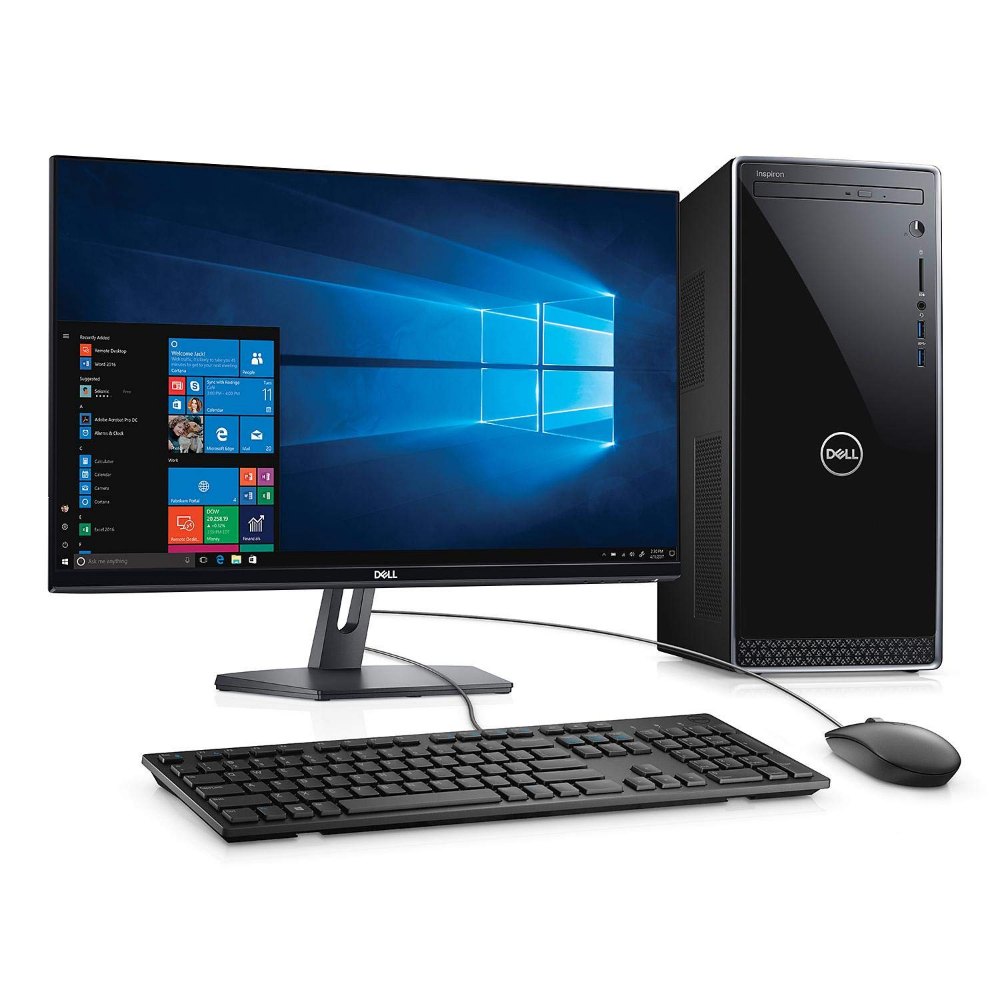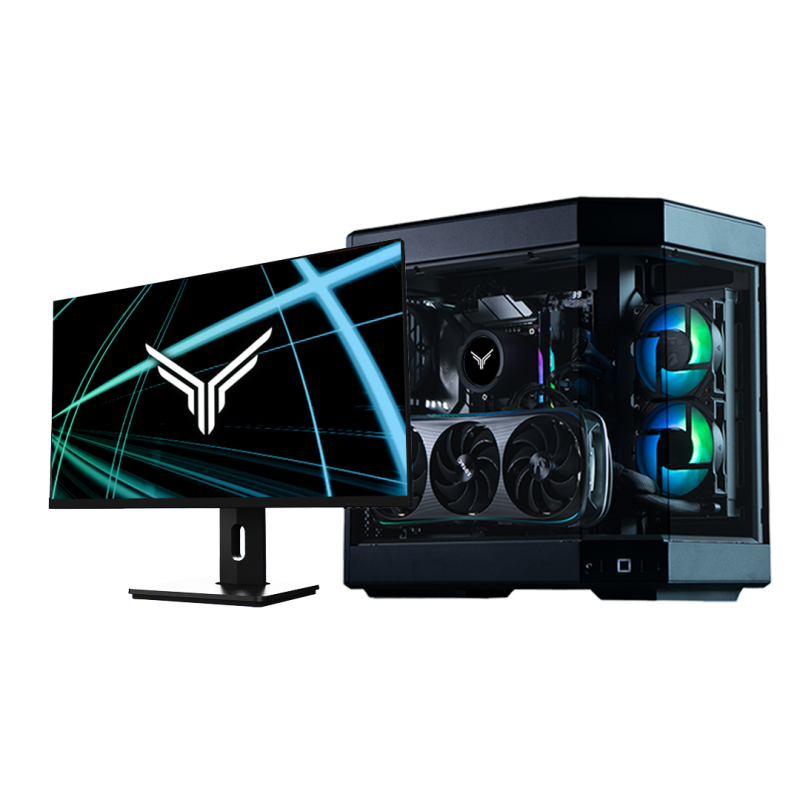VCarve Desktop is a powerful software application widely used in the woodworking and design industries for creating detailed designs and producing CNC (computer numerical control) machining paths. Its user-friendly interface and robust features make it an ideal choice for both veterans and newcomers to CNC machining. If you’re just starting with VCarve Desktop, this guide will provide you with essential tips to help you navigate the software, optimize your workflow, and unleash your creativity.
Understanding the Interface
When you first launch VCarve Desktop, you’ll encounter a clean and intuitive workspace. The layout includes three main sections: the design area, the toolpath operations panel, and the project tree. Familiarizing yourself with these components is crucial for quick access to features. The design area is where you’ll create your projects; it allows for easy zooming and scrolling, making it simple to work on intricate designs. The toolpath operations panel provides access to the various machining options, and the project tree helps you keep track of all elements in your project.
Customizing Toolbars
One of the first things to do in VCarve Desktop is customize your toolbars for easier access to the tools you’ll use most frequently. You can rearrange and display various toolbars to streamline your workflow. Right-click on the toolbar area to add or remove tools, ensuring that your most-used functions are always one click away. A personalized interface can significantly enhance your efficiency as you work through projects.

Importing and Creating Designs
Importing Files
VCarve Desktop supports multiple file formats for importing designs, including SVG, DXF, and more. If you have pre-existing designs, importing is straightforward; simply use the “Import” function in the file menu. Once the design is imported, you can scale, rotate, or edit it as needed. Take time to ensure your dimensions are correct, as even minor adjustments can impact the final outcome during machining.
Creating Designs from Scratch
For beginners, creating a design from scratch can be daunting but is entirely manageable. Use basic shapes like circles and rectangles to build up complex designs. VCarve offers a full suite of drawing tools, allowing you to create and modify shapes easily. As you gain confidence, experiment with advanced features like nodes editing to refine your designs. Building your skills early on will empower you to create intricate pieces and bring your unique ideas to life.
Understanding Toolpaths
Choosing the Right Toolpath
Understanding toolpaths is essential for effective machining. VCarve Desktop provides several toolpath options, including profile cut, pocket cut, and engraving. Each of these serves different design needs, so it’s crucial to understand when to use each type. For instance, a pocket cut is ideal for hollowing out material, while a profile cut is useful for cutting out the outline of a design. Familiarize yourself with these options to make informed decisions.
Setting Parameters
Once you’ve chosen a toolpath, you need to set various parameters, including tool selection, cutting depth, and feed rates. VCarve offers a database of tools, allowing you to select based on your available equipment. For beginners, taking the time to understand these parameters can save you time and material in the long run. Consider consulting resources or guides specific to your CNC machine to ensure optimal settings for your projects.

Material Setup and Simulation
Setting Up Material
Before machining your design, accurately setting up the material dimensions in VCarve is critical. Use the “Material Setup” dialog to enter the width, height, and thickness of your material. This setup will help ensure that your designs align with the physical constraints of the materials you’re using. Double-check these dimensions before proceeding, as they will directly impact the outcome of your project.
Using Simulation Tools
VCarve Desktop includes a powerful simulation feature that allows you to preview your toolpaths before machining. By simulating the process, you gain a visual understanding of how the tool will interact with the material, helping you spot potential issues early on. Take advantage of this feature to verify that everything appears as expected before launching into the cutting process. It’s a fantastic way to avoid costly mistakes and ensure accuracy.
Saving and Exporting Projects
Saving Your Work
Regularly saving your projects is vital to prevent data loss. VCarve makes it simple to save both your design files and toolpath data. Establish a routine for saving your work periodically, especially after completing significant changes. Additionally, consider maintaining backup copies in a separate location, such as an external hard drive or cloud storage. This practice offers peace of mind and allows for easy recovery if unexpected issues arise.
Exporting Toolpaths to CNC Machines
Once your design and toolpaths are ready, you will need to export the toolpaths to your CNC machine. VCarve allows users to export files in multiple formats compatible with various CNC controllers. The typical format is the G-code, which tells the machine how to move. Confirm that you’ve selected the appropriate output options for your specific equipment. This step ensures that your CNC machine can read and execute the machining operations accurately.

Troubleshooting Common Issues
How to Identify Problems
As you begin working with VCarve Desktop and CNC machines, you may encounter challenges. Common issues include misaligned toolpaths, unexpected cut depths, and material mishaps. Identifying the source of the problem is the first step toward resolution. Review your design dimensions, toolpath parameters, and material settings. Often, a small oversight can lead to significant problems during machining.
Seeking Solutions
If you face persistent issues, don’t hesitate to seek help. VCarve has a robust online community, and numerous forums are available for users to share experiences and solutions. Additionally, consider watching video tutorials that demonstrate various techniques and troubleshooting tips. Engaging with the community not only provides valuable insights but also fosters connections with other users who share your passion.
Expanding Your Skills
Practice and Experimentation
As with any software, the more you practice, the better you’ll become. Start with simple projects and gradually work your way up to more complex designs. Experimenting with different tools and techniques will expand your knowledge and confidence. Set aside dedicated time each week to practice and explore the software, even if it’s just for a short period.
Learning from Resources
Consider investing time in learning resources that can help you develop your skills further. Websites such as YouTube offer instructional videos on VCarve Desktop, showcasing advanced techniques and creative projects. Online courses and tutorials can also provide structured learning, covering everything from design fundamentals to machine operation. Diversifying your learning will set you on a path toward mastering VCarve and achieving impressive results in your projects.
Conclusion
Getting started with VCarve Desktop opens the door to endless creative possibilities in CNC machining and design. By understanding the interface, mastering toolpaths, and utilizing simulation features, you can navigate the software confidently. The journey may present challenges, but each project serves as a stepping stone toward improving your skills and unlocking new creative avenues.
As you continue to practice and learn, remember that every expert was once a beginner. Embrace the process, seek help when needed, and enjoy the extensive learning opportunities available. Dive into your projects headfirst, and you’ll discover that VCarve Desktop serves not only as a tool but as a canvas for your creativity. Happy designing!
